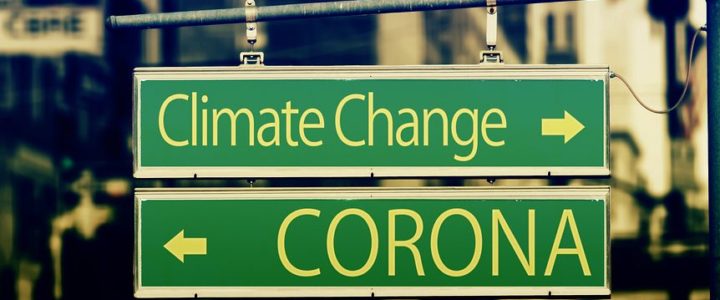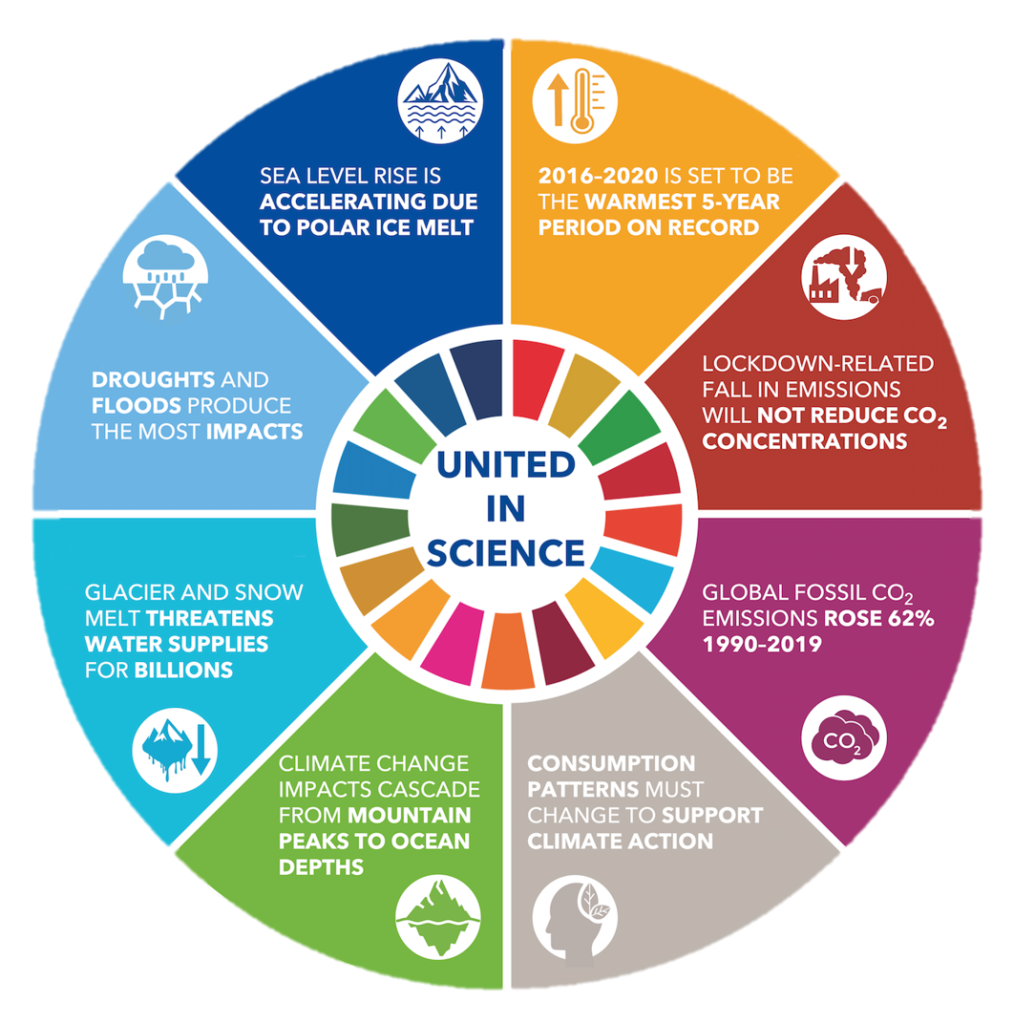
I’m sure I can’t be the only one who’s sick to the back teeth of the words ‘unprecedented’ and ‘uncertain’. The fact of the matter, despite my new personal aversion to such words, is that they’re on point. They sum up 2020 pretty well. Something which was spoken about ad nauseum in the beginning of the height (or so was hoped) of the pandemic was the environmental benefits seen from the lack of travel–be it to the office, shops, interstate or internationally, for business or pleasure. Our waters were clearer (albeit with distinct lack of dolphins in Venetian canals); our air was clearer (mountains in various parts of the world were visible to nearby locals for the first time in their lifetime); and it was undeniable that carbon emissions had dropped from drastic reductions in manufacturing and transit. But everyone knew this wouldn’t last. Well, not without permanently taking on board many of the COVID necessary lifestyle adjustments anyway. And for many, their COVID lifestyle hasn’t been altogether that appealing. So ‘the Earth is Healing’ slogan held true for a very short time. COVID barely chinked the onward march of the major cause of climate change.
A recently released report titled United in Science 2020, compiled by the World Meteorological Organization (WMO) under the direction of the United Nations Secretary-General António Guterres, brings together the latest climate science related updates from key global partner organizations–WMO, Global Carbon Project (GCP), UNESCO Intergovernmental Oceanographic Commission (UNESCO-IOC), Intergovernmental Panel on Climate Change (IPCC), UN Environment Programme (UNEP) and the Met Office. The report is as digestible as it is comprehensive, and broken into many chapters with each of the aforementioned organizations responsible for one. And it puts COVID vs Climate Change into perspective. But there is some good news at the end…
Here are some key takeaways from the chapters relating to emissions, taken care of by the WMO and GCP.

· Atmospheric levels of carbon dioxide (CO2), methane (CH4) and nitrous oxide (N2O) are continuing to rise – total fossil CO2 emissions are 62% higher than 1990 levels (which was when international climate negotiations began);
· Data from all the WMO Global Atmosphere Watch (GAW) program sites report increases, including from Tasmania and Hawaii, who both reported approximately 2.4 ppm increase in atmospheric CO2 concentrations between July 2019 and July 2020. This is on par with usual annual global increases for the past 10 years, of between 2 and 3 ppm;
· 2018-2019 saw a decrease in emissions related to coal (-1.7%), but emissions from natural gas and oil both rose (2% and 0.8% respectively);
· April, which was the peak of restrictions in most of the world (note that strict restrictions are again being implemented across Europe and the UK–and in some cases much more stringent than last time – based on the second wave of the pandemic), saw an average drop in daily global fossil CO2 emissions of 17%, compared to 2019 mean figures;
· June, only 8 weeks later, daily average fossil CO2 emissions had bounced back to within 5% of 2019 numbers;
· The prediction for the full year of 2020 is that there’ll be a modest decrease in CO2 emissions of 4-7%, resulting in year on year increase of atmospheric CO2 of 0.08 – 0.23 ppm–which is in line with what’s needed to meet the Paris Agreement target of limiting global warming to 1.5 – 2° C;
· Human activity is responsible for approximately 60% of atmospheric CH4;
· Current trends of emissions, despite the blip of a 2020 reduction, are NOT conducive to limiting global warming to less than 2° C;
· If there was full global implementation of Nationally Determined Contributions (NDCs) to reduce emissions from now, the Emissions Gap in 2030 will be around 15 Gt CO2e for a 2° C warmer world, or 32 Gt CO2e for 1.5° C of warming. For perspective: China, Russia, USA, India, Japan and 28 countries in Europe had TOTAL annual emissions of 32 Gt CO2e in 2018.
The extent to which world leaders consider climate objectives in their economic responses to COVID-19 is likely to influence the pathway of CO2 emissions for decades to come.
Global Fossil CO2 Emissions – Global Carbon Project
Some highlights (lowlights?) now from the remaining chapters of the report:
· 2016-2020 is set to be the hottest 5 year period on record for much of Europe, the Middle East, northern Asia, southern and eastern parts of the US, areas of South America, southern Africa and Australia;
· The average rate of sea level rise for 2016-2020 was 4.8mm/year
· Sea ice in Arctic and sub-Arctic regions is decreasing rapidly – approximately 13% per decade. July 2020 saw lowest level of sea ice on record;
· Since 1979 the area of thick sea ice, at least 5 years old, has decreased by 90%
· Summer sea ice in Antarctica is also decreasing, with 2017 and 2018 showing the lowest and second lowest ice levels respectively, and 2018 also holding the second lowest winter ice extent record;
· Cyclones now have a risk of higher amounts of heavy rainfall, attributable to anthropogenic climate change
· 2019 and 2020 saw extensive fires in the Arctic region to an extent previously unheard of – releasing 50 million tons of CO2 into the atmosphere in 2019 alone;
· Arctic June snow cover on land declined by approximately 2.5 million km2 from 1967 to 2018, predominantly due to surface air temperature increase;
· More than 10 million hectares of land was burnt in summer of 2019/2020 wildfires in Australia (only measuring in 3 of the 6 states affected by major fires);
· The oceans have absorbed approximately 90% of the total excess heat in the climate system;
· Marine heatwaves, defined as daily sea surface temperature exceeding the local 99th percentile over the period 1982 to 2016, have doubled in frequency and have become longer-lasting, more intense and more extensive;
· The ocean has taken up between 20-30 % of all anthropogenic carbon since the 1980’s;
· More than 30% of the world’s population, 2.4 billion people, live without any form of sanitation. Over 800 children die everyday from diarrhea associated with this;
· By 2030, humanity’s annual global water requirements will exceed current sustainable water supplies by 40%, which is largely due to the dramatic changes in the hydrological cycle based on snow and ice loss.

Never before has it been so clear that we need long term, inclusive, clean transitions to tackle the climate crisis and achieve sustainable development.
UN Secretary-General, António Guterres, from the foreword of the report
At this stage you’d be forgiven for thinking it’s pretty doomy and gloomy. But I’m going to finish on some good news notes!
1. It is very unlikely (~3%) that the 5-year mean temperature for 2020–2024 will be 1.5 °C warmer than preindustrial levels;
2. It is not too late to change our trajectory. The power to shift away from carbon intensive activities is in our hands. Truly.
Okay, that was only two….but that last one holds serious potential!
We can vote. We can move our money–research retirement plans/superannuation funds which do not invest in fossil fuels and bank with institutions who do not invest in fossil fuels. We can choose to buy more wisely–there are many billions more consumers in this world than manufacturers. Tell them what we want by being selective about who we spend money with. We can select energy providers who use and invest in renewable energy infrastructure. We can choose to use public transport. We can write to, en masse, our local representatives, who are usually much more interested in maintaining satisfied constituents than federal members. We can get involved in local action groups for emissions reductions strategies like tree planting and lobbying. We can talk to everyone, with empathy and facts and a perspective which resonates specifically with them. If they don’t like science, don’t talk science at them; but if they like their nieces and nephews, talk about the probability that children won’t get to experience the wonder and beauty of the planet like they have. If they prefer to keep their hard earned cash, talk to them about the likelihood of rising insurance premiums based on the increasing chance of severe storms. If they like status, talk about the hype and grandeur of owning an EV. There is something which will motivate everyone to act. So a little additional responsibility lies with each of us to find that nerve in others, and gently apply pressure.
The point is, and I cannot stress this enough, it is not. too. late.




